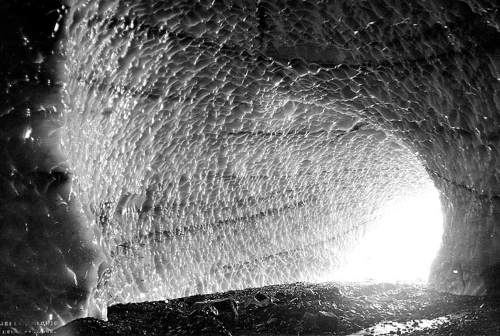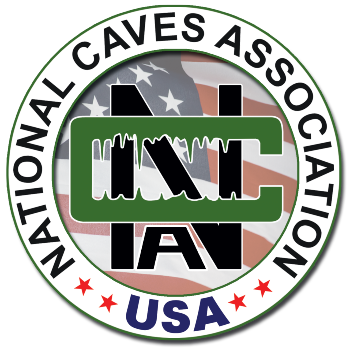Types of Caves
Solutional Cave
Solutional caves are the most frequently occurring caves and such caves form in rock that is soluble, such as limestone, but can also form in other rocks, including chalk, dolomite, marble, salt, and gypsum. Rock is dissolved by natural acid in groundwater that seeps through bedding-planes, faults, joints and so on. Over geological epochs, cracks expand to become caves and cave systems.
The largest and most abundant solutional caves are located in limestone. Limestone dissolves under the action of rainwater and groundwater charged with H2CO3 (carbonic acid) and naturally occurring organic acids. The dissolution process produces a distinctive landform known as karst, characterized by sinkholes, and underground drainage. Limestone caves are often adorned with calcium carbonate formations produced through slow precipitation. These include flowstones, stalactites, stalagmites, helictites, soda straws and columns. These secondary mineral deposits in caves are called speleothems.
The portions of a solutional cave that are below the water table or the local level of the groundwater will be flooded.
Lechuguilla Cave in New Mexico and nearby Carlsbad Cavern are now believed to be examples of another type of solutional cave. They were formed by H2S (hydrogen sulfide) gas rising from below, where reservoirs of oil give off sulfurous fumes. This gas mixes with ground water and forms H2SO4 (sulfuric acid). The acid then dissolves the limestone from below, rather than from above, by acidic water percolating from the surface.

Educate your Students!
Many caves of the NCA offer educational programs to students, scout troops and more! Contact our Director for a list of caverns that offer these programs.

Primary Cave
Caves formed at the same time as the surrounding rock are called primary caves.
Lava tubes are formed through volcanic activity and are the most common primary caves. As lava flows downhill, its surface cools and solidifies. Hot liquid lava continues to flow under that crust, and if most of it flows out, a hollow tube remains. Examples of such caves can be found in the Canary Islands, Jeju-do, the basaltic plains of Eastern Idaho and other places. Kazumura Cave near Hilo, Hawaii is a remarkably long and deep lava tube; it is 65.6 km long (40.8 mi).
Lava caves include but are not limited to lava tubes. Other caves formed through volcanic activity include rift caves, lava mold caves, open vertical volcanic conduits, and inflationary caves.

Sea Cave or Littoral Cave
Sea caves are found along coasts around the world. A special case is littoral caves, which are formed by wave action in zones of weakness in sea cliffs. Often these weaknesses are faults, but they may also be dykes or bedding-plane contacts. Some wave-cut caves are now above sea level because of later uplift. Elsewhere, in places such as Thailand’s Phang Nga Bay, solutional caves have been flooded by the sea and are now subject to littoral erosion. Sea caves are generally around 5 to 50 metres (16 to 164 ft) in length, but may exceed 300 metres (980 ft).

Corrasional Cave or Erosional Cave
Corrasional or erosional caves are those that form entirely by erosion by flowing streams carrying rocks and other sediments. These can form in any type of rock, including hard rocks such as granite. Generally, there must be some zone of weakness to guide the water, such as a fault or joint. A subtype of the erosional cave is the wind or aeolian cave, carved by wind-born sediments. Many caves formed initially by solutional processes often undergo a subsequent phase of erosional or vadose enlargement where active streams or rivers pass through them.

Glacier Cave
Glacier caves are formed by melting ice and flowing water within and under glaciers. The cavities are influenced by the very slow flow of the ice, which tends to collapse the caves again. Glacier caves are sometimes misidentified as “ice caves“, though this latter term is properly reserved for bedrock caves that contain year-round ice formations.
Fracture Cave
Fracture caves are formed when layers of more soluble minerals, such as gypsum, dissolve out from between layers of less soluble rock. These rocks fracture and collapse into blocks of stone.
Talus Cave
Talus caves are formed by the openings among large boulders that have fallen down into a random heap, often at the bases of cliffs. These unstable deposits are called “talus” or “scree”, and may be subject to frequent rockfalls and landslides.
Anchialine Cave
Anchialine caves are caves, usually coastal, containing a mixture of freshwater and saline water (usually sea water). They occur in many parts of the world and often contain highly specialized and endemic fauna.
